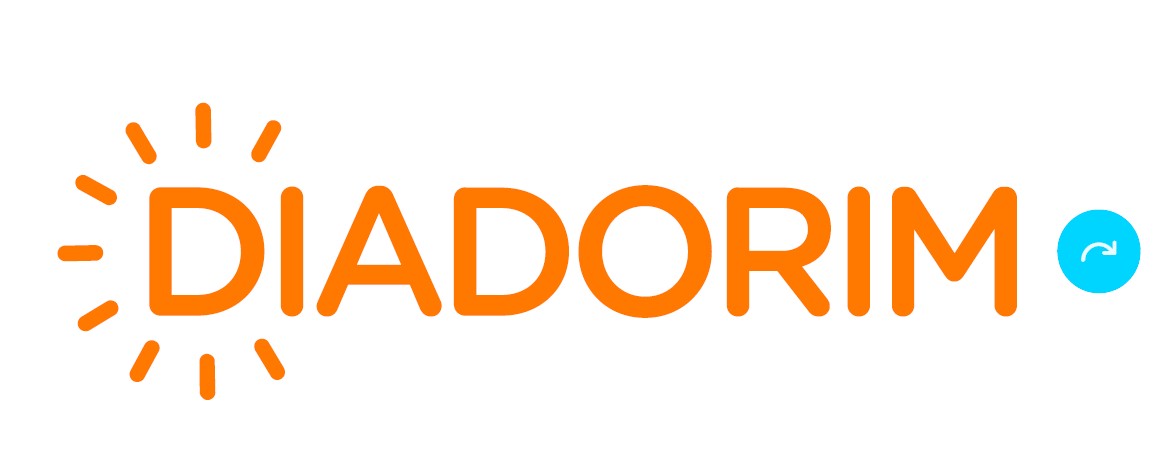A opinião dos jovens estudantes sobre a escola numa era pandêmica: como estavam os estudantes envolvidos neste [novo] processo de aprendizagem?
Palavras-chave:
Percepções dos estudantes, Ensino à distância, Educação telemática, COVID-19Resumo
A pandemia de COVID-19 que se iniciou em 2020, perturbou as rotinas e criou dinâmicas educativas que exigiam uma forma de pedagogia (re)escrita que tem como base a aprendizagem à distância baseada em meios telemáticos. Dado que os estudantes são os mais visados por estas mudanças no ensino e na aprendizagem, parece importante perguntar: Os estudantes tiveram uma participação ativa na construção desta nova realidade? Este estudo teve o objetivo de “ouvir, ver e ler” 153 alunos de 11 a 13 anos de idade de sete turmas diferentes de uma escola pública de ensino em tempo integral situada em Brasília, após o reinício da sua vida escolar durante a pandemia de COVID-19. Neste estudo de base qualitativa, foi realizada uma etnografia utilizando ferramentas on-line para compreender como estes estudantes contemplaram e moldaram as suas experiências educativas, apelando aos seus estilos de comunicação típicos, tais como desenhos, diários, e conversas com os colegas. A análise dos dados mostrou que, quando têm a oportunidade de se envolverem com esta realidade escolar, os alunos demonstram estar comprometidos com a aprendizagem e ser capazes de ter atitudes éticas e reflexivas. A sua capacidade estende-se também à análise crítica da implementação dos planos sugeridos ao longo da pandemia e da medida em que os instrumentos pedagógicos se tornaram socialmente excludentes.
Palavras-chave: Percepções dos estudantes. Ensino à distância. Educação telemática. COVID-19.
—
Abstract: The COVID-19 pandemic that started in 2020, disturbed routines and created educational dynamics that required a (re)written form of pedagogy based on distance learning based on telematic means. Given that the students are the most targeted by these changes in teaching and learning, it seems important to ask: Have the students had active participation in the construction of this new reality? This study has the purpose of “hearing, seeing, and reading” 153 students of ages
11 to 13 from seven different school classes of a full-time-learning public school located in Brasília, after the restart of their school life during the COVID-19 pandemic. In this qualitative-based study, an ethnography using on-line tools was conducted to understand how these students have contemplated and shaped their educational experiences, appealing to their typical communication styles, such as drawings, diaries, and conversations with peers. Data analysis shows that when they have the opportunity to get involved with this school reality, the students demonstrate to be compromised with learning and capable of having ethical and reflective attitudes. Their ability also extends to critically analyzing the implementation of the suggested plans throughout the pandemic and the extent to which pedagogical tools have become socially exclusionary.
Keywords: Students. Perceptions. Distance learning Telematics education. COVID-19.









